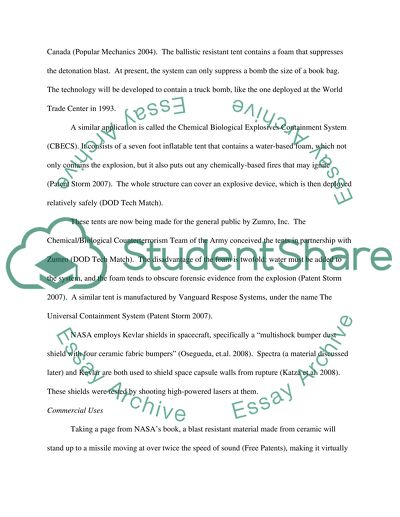Cite this document
(“Safety Tents and Other Non Permanant Buildings Essay”, n.d.)
Safety Tents and Other Non Permanant Buildings Essay. Retrieved from https://studentshare.org/miscellaneous/1550507-safety-tents-and-other-non-permanant-buildings
Safety Tents and Other Non Permanant Buildings Essay. Retrieved from https://studentshare.org/miscellaneous/1550507-safety-tents-and-other-non-permanant-buildings
(Safety Tents and Other Non Permanant Buildings Essay)
Safety Tents and Other Non Permanant Buildings Essay. https://studentshare.org/miscellaneous/1550507-safety-tents-and-other-non-permanant-buildings.
Safety Tents and Other Non Permanant Buildings Essay. https://studentshare.org/miscellaneous/1550507-safety-tents-and-other-non-permanant-buildings.
“Safety Tents and Other Non Permanant Buildings Essay”, n.d. https://studentshare.org/miscellaneous/1550507-safety-tents-and-other-non-permanant-buildings.


